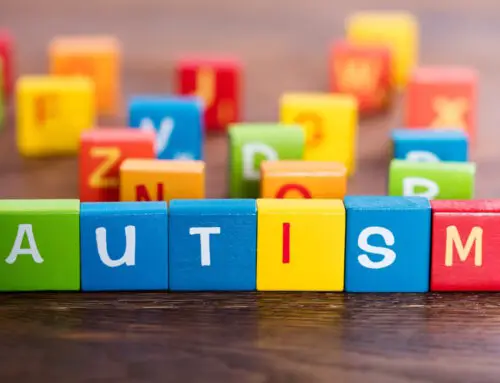As an ever-evolving field, the understanding and treatment of Autism Spectrum Disorder (ASD) has taken significant strides in the past decades. Autism is a developmental disorder characterized by difficulties with social interaction and communication and by restrictive or repetitive behavior. While traditional center-based therapy options have demonstrated efficacy, the emergence of in-home autism therapy has shown to possess unique benefits that could significantly improve the outcomes for individuals diagnosed with autism. This article will explore in-depth the importance and benefits of in-home autism therapy, the types of therapies, the role of therapists, challenges, and success stories.
Understanding Autism: Prevalence and Importance
Autism spectrum disorder is not a rare diagnosis. Globally, the World Health Organization estimates that 1 in 160 children has ASD. Within the United States, a study by the Centers for Disease Control and Prevention states that approximately 1 in 54 children is diagnosed with autism. These numbers are stark reminders that autism is a prevalent issue that requires urgent attention and understanding.
Early intervention can help manage autism effectively. Children as young as 18 months can be diagnosed with autism, although many children may not receive a diagnosis until they are much older. A combination of genetic and environmental factors can influence the onset and severity of autism. A late diagnosis can impact the social, emotional, and cognitive development of a child significantly which underscores the necessity of early detection and intervention.
Why Choose In-Home Autism Therapy?
In-home therapy is a type of autism treatment delivered at the child’s home. The benefits include a familiar environment for the child, individualized attention from both therapist and parent, and therapy designed specifically for the child. The therapist can utilize familiar surroundings to create realistic scenarios for the therapy session, thus making it more effective.
The family’s everyday life offers unlimited opportunities for teaching moments. A home setting provides a more accurate observation of the child’s behaviors and allows for better customization of the treatment plan. Moreover, it enables clinicians to involve a family member in the therapeutic process which fosters improved reinforcing strategies for helping the problem behavior.
Types of In-Home Autism Therapies
There are various types of in-home autism therapy. Applied Behavior Analysis (ABA therapy) is a type of therapy that improves specific behaviors such as social skills, communication, reading and academics, and hygiene. Occupational Therapy helps to develop the new skills needed for day-to-day activities. Speech and Language Therapy improves the child’s skill to communicate effectively. Relationship Development Intervention (RDI) is a newer, comprehensive treatment approach that allows children to form meaningful social connections. Each of these therapies can be customized to suit the child’s needs and foster development.
Role of Therapists in In-Home Autism Therapy
Therapists play a crucial role in implementing in-home autism therapy. They use a variety of tools and techniques to engage the child, including games, role-playing, and rewards. The therapist’s level of experience and skill greatly impacts the effectiveness of the therapy session. They also work closely with the family members, teaching them how to understand the child’s behavior, help manage difficult situations, and reinforce the new skills learned during therapy sessions.
Benefits of In-Home Autism Therapy
In addition to the comfort and familiarity of the home environment, in-home therapy provides a structured learning and treatment plan tailored specifically for the child. The consistency of the environment helps reinforce skills learned during therapy. Additionally, involving family members in the therapy process contributes to better outcomes. They can continue practicing the exercises taught by the therapists and reinforce the behaviors after the session is over.
Many families have experienced positive outcomes with in-home autism therapy. Children have shown improvements in social skills, communication, and overall behavior. The individualized attention and tailored treatment plans have made a significant difference in their development. Moreover, the involvement of family members has empowered them to actively participate in their child’s progress and create a supportive environment.
In-Home Autism Therapy Vs Traditional Therapy Centers
Both in-home and center-based therapies have their merit. In traditional centers, children have more opportunities for social interaction, which is a positive experience. However, in-home therapy offers unique advantages, such as personalized attention, therapy designed specifically for the child, and the ability to utilize the familiar home environment for more effective treatment. Additionally, involving family members in the therapeutic process fosters improved reinforcing strategies and allows for better customization of therapy. Ultimately, the choice between in-home and traditional therapy centers depends on the individual needs and preferences of the child and their family.
Challenges of In-Home Autism Therapy
There can be potential obstacles to implementing in-home therapy. Space constraints, costs, and finding qualified therapists can be challenges. However, these can be countered. Strategies to overcome these challenges include re-purposing a space in the home for therapy and using resources provided by local and national non-profit autism organizations.
Conclusion
As we understand more about autism, in-home autism therapy proves more critical in managing the disorder. Leveraging the benefits it offers, such as personalized learning and a comfortable environment, in-home therapy, as supported by case studies, has shown significant positive impacts.




